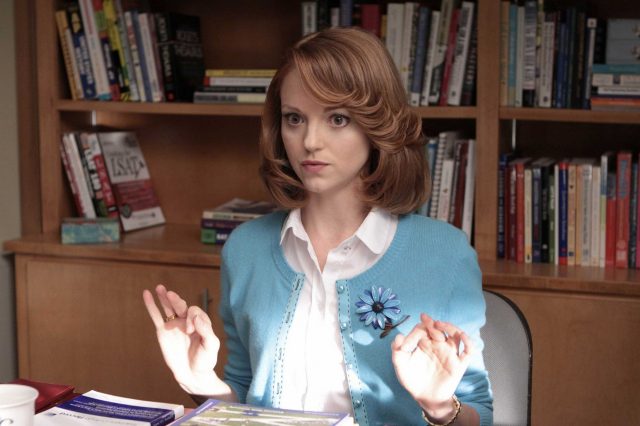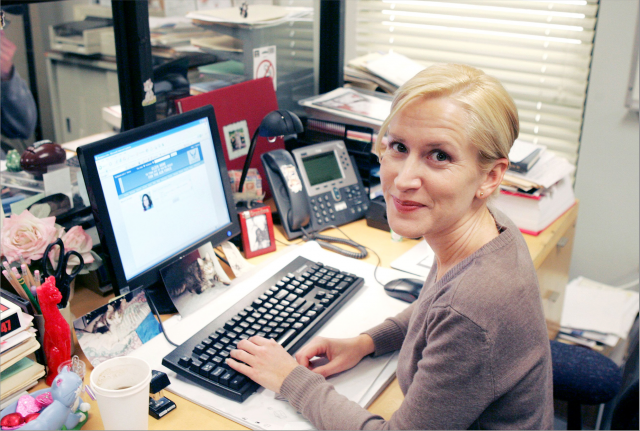Today we are talking about a disease that has been talked about a lot lately. What is OCD? What are the symptoms of obsessive compulsive disorder? What do they look like? We will answer all your questions and look at ways to cope with obsessive compulsive personality disorder.
What is OCD

This is a mental illness in which a person is haunted by obsessions. In other words, they can be called obsessive thoughts and fears. In addition, its symptoms are obsessive rituals and actions (compulsions), which also indicate the manifestation of the disease.
According to research, approximately 5% of the world’s population will suffer from obsessive-compulsive disorder by 2023. The disease that French psychiatrist Jean-Etienne Dominique Esquirol first named OCD in 1827 is the “disease of doubt”. Most often, the disease begins to develop at an early age.
reasons
Genetic predisposition and heredity

One of the causes of obsessive thoughts and rituals may be heredity. If a person’s immediate family has obsessive-compulsive disorder, that person has a higher chance of developing OCD. According to research, the probability of the disease being transmitted through heredity is 25%.
Infectious diseases
Additionally, obsessive compulsive disorder may occur due to viral or bacterial diseases, especially in children. For example, diseases caused by group A streptococcus (scarlet fever, acute tonsillitis, streptoderma and others) can be a harbinger of an obsessive state.
perfectionism

The desire to do everything perfectly can be the cause of obsessive thoughts and rituals. It encourages pathological demands on both self and others. Therefore, people become overly fixated on “idealism”, which leads to undesirable consequences for the psyche.
post-traumatic disorders
Obsessive-compulsive disorder also occurs after experiencing traumatic events that haunt a person and become the cause of obsessive thoughts and compulsions.
Abnormalities in some parts of the brain

Scientists have found that in obsessive-compulsive disorder, abnormal activity is observed in brain structures such as the frontal lobe, thalamus, striatum, cingulate gyrus, caudate nucleus and orbitofrontal cortex.
symptoms
In the meantime, let’s talk a little about the symptoms of OCD, which can be seen in many popular characters in movies and TV series. For example, Monica from the TV series “Friends” suffers from obsessive-compulsive neurosis, which is manifested in constant monitoring of every small detail, changing and fixing even the slightest inconsistencies in the furniture of her apartment so that it looks best to her. On cleaning the house and perfect cleanliness.

Symptoms can appear in different ways. Often these are rituals from which a person cannot calm down or start other actions. He needs to check several times whether the door is closed, not to step on cracks in the asphalt, count objects, put things in a certain order. The list goes on and on. These are also impulsive, obsessive thoughts and fear of getting sick. Panic about making mistakes, losing control, losing order, and more.
Therefore, repeated actions (careful hygiene, double checking, frequent cleaning) are needed, ultimately aimed at reducing the level of anxiety and getting rid of obsessive states.
kinds
Obsessive compulsive disorder is divided into different types:
- OCD with dominant obsessions;
- OCD with dominant compulsions;
- OCD mixed (both thoughts and rituals);
- Other OCD.

Neurosis of obsessive thoughts also differs in the nature of its course:
- One-time OCD (over several weeks or years);
- Persistent OCD (periodic exacerbations);
- OCD with relapses and periods of complete remission.
Treatment methods
How do we get rid of obsessive compulsive disorder and how is it treated? First of all, you should consult a doctor so that he can prescribe the correct treatment. Most often these are the following points.
Medication

There are no medications specifically aimed at treating OCD, so psychotropic medications are used: antidepressants and tranquilizers, which are prescribed and used under the strict supervision of a doctor.
Psychotherapy
Naturally, in such cases, this is difficult to do without the help of a specialist, especially if obsessive-compulsive disorder affects the person’s daily life. The aim of psychotherapy is to simplify the rituals performed and the symptoms of OCD, as well as to develop resistance to other symptoms of neurosis.
Meditation

Various meditation techniques, massages, and yoga can help relieve anxiety caused by obsessive-compulsive disorder. The important thing is to try different things and find what suits you.
Prevention and advice
It is important not to cover up the problem, but to immediately contact not only loved ones, but also professionals. It sounds difficult, but you need to try to stay away from stress, prevent it in any way, and take care of your mental and physical health.
Source: People Talk
Errol Villanueva is an author and lifestyle journalist who writes for The Fashion Vibes. With a passion for exploring the latest trends in fashion, food, travel, and wellness, Errol’s articles are a must-read for anyone interested in living a stylish and fulfilling life.





